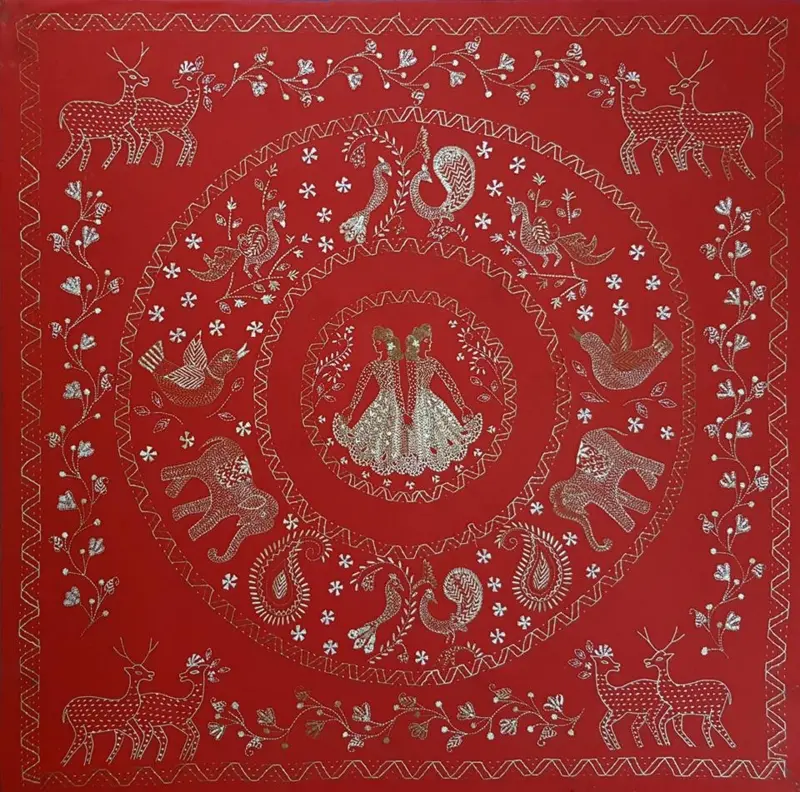Your cart is currently empty!
Home

Nakshi Kantha is a beautiful and meaningful form of handcraft that reflects the rich cultural heritage of Bengal and the creativity of its artisans.
The tradition of Kantha embroidery dates back several centuries. It was traditionally practiced by rural women who would recycle old saris and dhotis by layering them and stitching them together to make quilts and other household items.
The history of Nakshi Kantha, a traditional form of embroidery from the Bengal region, is rich and deeply intertwined with the cultural and social fabric of the area. Here’s an overview of its historical background:
Early Origins: The tradition of Kantha embroidery is believed to date back more than a thousand years. It originated as a domestic craft, with women in rural Bengal repurposing old saris and dhotis to create quilts and other household items. The oldest references to Kantha are found in literature and folklore from the region.
Folklore and Literature: Kantha embroidery is often mentioned in Bengali folklore and literature. The famous Bengali poet Jasimuddin’s poem “Nakshi Kanthar Math” (The Field of the Embroidered Quilt) from 1929 is one of the most notable works highlighting the cultural importance of Nakshi Kantha. It tells the poignant story of a rural woman who expresses her life and emotions through her Kantha stitching.
Stitching Techniques: The primary stitch used in Kantha is the running stitch, known locally as “kantha stitch.” This simple stitch allows for the creation of intricate patterns and designs. Over time, other stitches such as herringbone, satin, and chain stitches were incorporated to add complexity and texture.
Motifs and Designs: Traditional motifs include flora and fauna, geometric patterns, and scenes from daily life. These motifs often carry symbolic meanings, reflecting the beliefs and customs of the artisans.
Modern Designs: While traditional designs remain popular, contemporary artists and designers have adapted Kantha embroidery to modern tastes, incorporating it into fashion, home decor, and art.
Global Recognition: Nakshi Kantha has gained international acclaim, appreciated for its artistry and cultural significance. It is featured in exhibitions and collections around the world, promoting the craft beyond its regional origins.
